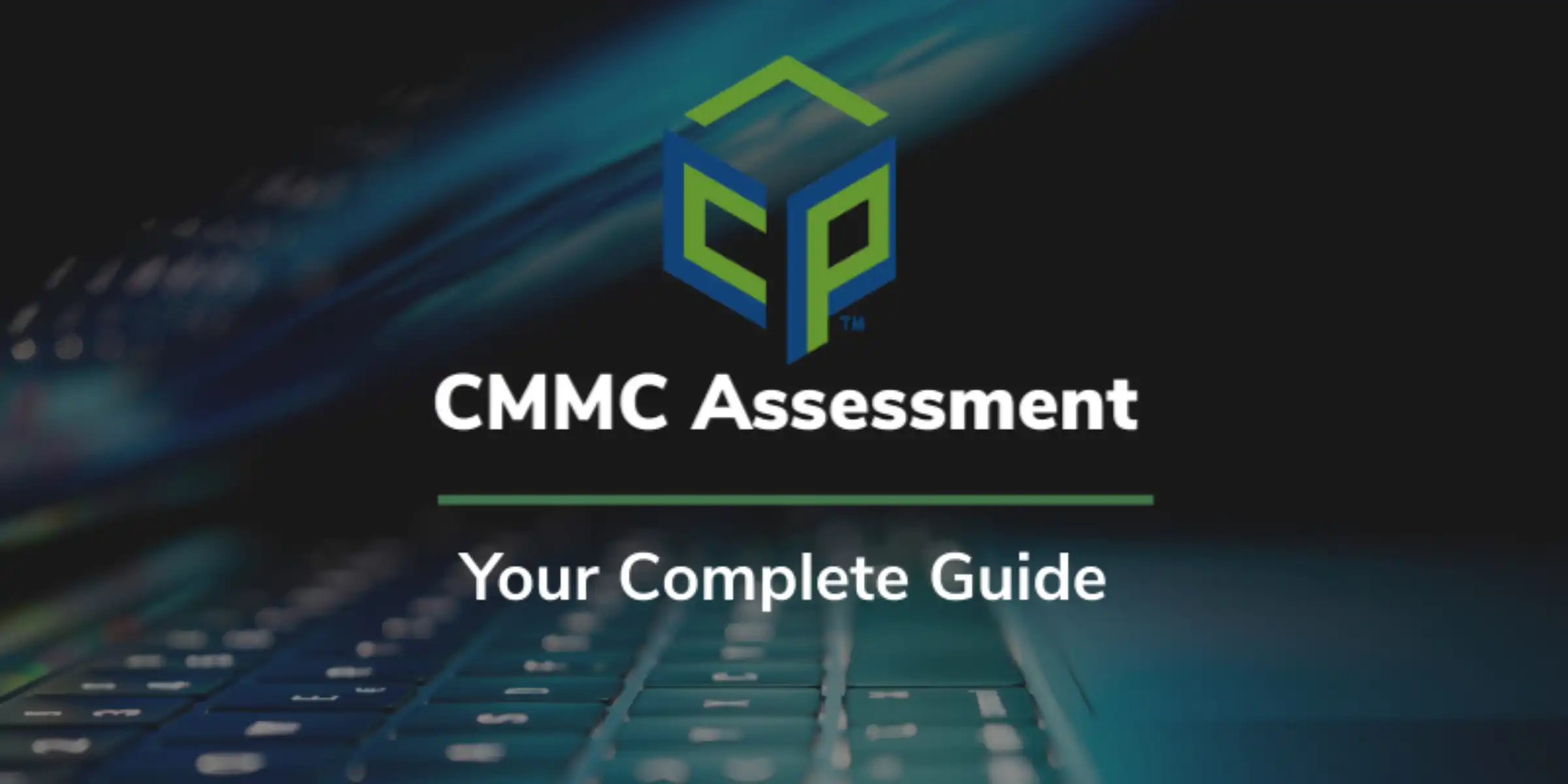Is the path to CMMC compliance feeling like an uphill battle? Many organizations grapple with understanding and implementing the necessary cybersecurity measures. The good news is that the CMMC Assessment Guide is designed to ease this process. Offering clear guidance and practical steps can turn a complex endeavor into a manageable task. Let’s see how this essential resource can simplify your compliance journey.
Understanding Key Assessment Phases
The journey toward CMMC compliance is structured into distinct phases, each critical to the overall success of the endeavor. The CMMC Assessment Guide meticulously details these phases, providing organizations with a clear blueprint to follow. This structured breakdown not only clarifies the path ahead but also helps in allocating resources efficiently.
In the initial phase, organizations conduct a self-assessment to gauge their current cybersecurity maturity level. This involves evaluating existing policies, procedures, and controls against the CMMC model’s requirements. The guide offers specific criteria and tools to facilitate this assessment, enabling companies to identify areas of strength and weakness accurately.
Following the self-assessment, the preparation phase involves addressing any identified gaps. The CMMC Assessment Guide provides best practices and recommendations for implementing necessary controls and processes. By following these guidelines, organizations can enhance their cybersecurity posture in alignment with CMMC standards.
The formal assessment phase is where certified assessors evaluate the organization’s compliance. The guide outlines what to expect during this evaluation, including the methods assessors will use and the required evidence. Understanding this phase helps organizations prepare thoroughly, reducing the likelihood of surprises or last-minute issues.
Finally, the certification phase concludes the process, with the guide explaining how compliance is validated and maintained over time. By comprehensively understanding these phases through the CMMC Assessment Guide, organizations can navigate the compliance journey with greater ease and confidence.
Streamlining Your Documentation Requirements
Effective documentation is not merely about meeting compliance standards; it’s also about establishing a culture of accountability and continuous improvement. The CMMC Assessment Guide emphasizes the importance of maintaining clear, accurate, and accessible documentation. It specifies the types of documents required, such as security policies, incident response plans, and user access controls.
By adhering to the guide’s documentation requirements, organizations can create a centralized repository of information that supports both compliance and operational efficiency. This repository becomes a valuable resource for training new staff, auditing internal processes, and demonstrating compliance to external assessors.
Moreover, the guide encourages organizations to adopt consistent documentation practices. This consistency not only simplifies the assessment process but also enhances communication within the organization. Teams can collaborate more effectively when everyone has access to the same information presented in a standardized format.
Identifying Security Gaps Early
Early identification of security gaps is essential for mitigating risks and avoiding costly remediation efforts later on. The CMMC Assessment Guide equips organizations with the tools needed to perform thorough self-assessments. By following the guide’s checklists and evaluation criteria, companies can uncover vulnerabilities that might otherwise go unnoticed.
The guide also emphasizes the importance of regular assessments, not just as a one-time activity but as an ongoing practice. This continuous monitoring approach ensures that new risks are identified promptly and security measures are updated accordingly. By fostering a proactive security culture, organizations can stay ahead of emerging threats and maintain compliance more effectively.
In addition to internal assessments, the guide highlights the value of external audits and peer reviews. Engaging third-party experts can provide an objective perspective, uncovering blind spots that internal teams might miss. The CMMC Assessment Guide offers guidance on selecting qualified assessors and integrating their feedback into the organization’s security strategy.
Prioritizing Critical Compliance Steps
With numerous controls and practices outlined in the CMMC model, determining where to focus efforts can be challenging. The CMMC Assessment Guide assists organizations in prioritizing these steps based on factors such as risk level, regulatory requirements, and business impact.
For example, the guide may recommend focusing first on establishing strong access controls and authentication mechanisms, as these are fundamental to protecting sensitive data. Other high-priority areas might include incident response planning and employee training programs. By concentrating on these essential elements, organizations can build a solid foundation upon which to implement additional controls.
The guide also advises on sequencing implementation steps to maximize efficiency. By tackling interdependent requirements in the proper order, organizations can avoid redundancy and ensure that each step builds upon the previous ones. This strategic approach not only streamlines the compliance process but also enhances the effectiveness of the security measures implemented.
Reducing Overhead with a Structured Approach
Implementing a structured approach to compliance can significantly reduce the administrative and financial burdens often associated with such initiatives. The CMMC Assessment Guide provides a framework that organizations can adopt to streamline their efforts. This framework includes project planning tools, timelines, and resource allocation guidelines.
By following the guide’s structured approach, organizations can avoid common pitfalls such as scope creep, duplication of efforts, and miscommunication among team members. The guide encourages the establishment of clear roles and responsibilities, ensuring that everyone involved understands their tasks and deadlines.
Furthermore, the guide’s emphasis on best practices helps organizations implement controls efficiently. Instead of reinventing the wheel, companies can leverage proven strategies and solutions outlined in the guide. This not only saves time but also increases the likelihood of successful compliance.








